Montessori Toy Rotation Cabinets: Ultimate Guide to DIY & Ready-Made Solutions
Table Of Contents
As parents, we've all experienced the paradox of children surrounded by toys yet claiming they have nothing to play with. The Montessori approach offers a solution through toy rotation—a method that transforms overwhelmed children into engaged, focused learners. But implementing this system requires the right furniture solution: the Montessori toy rotation cabinet.
Finding the perfect balance between functionality, aesthetics, and budget can be challenging. Whether you're a DIY enthusiast ready to transform an existing piece or someone looking for the perfect ready-made cabinet, this comprehensive guide will walk you through everything you need to know about creating an effective toy rotation system that works for both you and your child.
At Loft Home Furniture, we understand that smart storage solutions are essential for harmonious family living. That's why we've crafted this guide to help you navigate both DIY approaches and quality ready-made options that can seamlessly integrate into your home while supporting your child's development through thoughtful play environments.
Montessori Toy Rotation Cabinets
ULTIMATE GUIDE TO ORGANIZATION & IMPLEMENTATION
Why Implement Toy Rotation?
Enhanced Focus
Children demonstrate deeper concentration and engagement with fewer toy options.
Renewed Interest
Toys become novel and exciting when reintroduced after being out of sight.
Reduced Clutter
Most toys remain neatly stored, creating a more peaceful home environment.
Essential Features of Effective Toy Rotation Cabinets
Child-Accessible Height
Lower shelving allows independent access.
Designated Sections
Separate areas for current and stored toys.
Simplicity in Design
Clean lines let toys be the focus.
Versatility
Adapts to changing needs as children grow.
Organizing Your Toy Rotation System
STEP 1
Categorize toys by type and function
STEP 2
Create a balanced active selection
STEP 3
Establish a rotation schedule
STEP 4
Observe, adapt and refine
Creating a Balanced Active Toy Selection
Construction
1-2 building options
Creative
1 artistic expression activity
Imaginative
1-2 pretend play scenarios
Cognitive
1 puzzle or sorting activity
Physical
1 activity for movement
Comfort
1-2 familiar favorites
Understanding Montessori Toy Rotation
The Montessori approach to education emphasizes order, independence, and respect for a child's natural psychological development. When it comes to play, Montessori educators have long recognized that children benefit from having fewer, carefully selected toys available at any given time.
Toy rotation involves cycling through a curated collection of toys, making only a limited selection accessible to your child at once. The rest are stored away, to be rotated in as interest in current toys wanes. This method isn't about restricting play but rather enhancing engagement by preventing the overwhelm that comes with too many choices.
Dr. Maria Montessori observed that children demonstrate deeper concentration and more meaningful play when presented with a thoughtfully prepared environment containing just a few quality items. Modern research supports this observation, with studies showing that children engage in longer, more creative play sessions when fewer toys are available.
Benefits of Toy Rotation Cabinets
Implementing a toy rotation system through a dedicated cabinet brings numerous benefits to both children and parents:
For children:
- Enhanced focus and engagement: With fewer distractions, children spend more time deeply exploring each toy's potential.
- Greater appreciation: Toys that have been out of sight become exciting and novel when reintroduced.
- Improved independence: Well-organized, accessible toys empower children to make choices and clean up without constant adult assistance.
- Reduced overwhelm: A limited selection prevents the sensory overload that can come with too many options.
- Development of care: Children learn to value and care for fewer possessions rather than treating abundance as disposable.
For parents:
- Simplified cleanup: Fewer toys out means quicker tidying sessions.
- Reduced clutter: Most toys remain neatly stored away, creating a more peaceful home environment.
- Better toy management: Rotation makes it easier to track what toys you have and identify what truly engages your child.
- Cost savings: When toys remain novel through rotation, there's less pressure to constantly buy new ones.
- Easier toy maintenance: Regular rotation provides natural opportunities to check for broken or missing pieces.
Key Features of Effective Toy Rotation Cabinets
Whether you're planning to DIY or purchase a ready-made solution, certain characteristics make for an effective Montessori toy rotation cabinet:
Child-accessible height: The cabinet should allow your child to independently access the currently available toys. This typically means lower shelving for toddlers and slightly taller options for preschoolers.
Designated sections: Ideally, your cabinet should have clearly defined areas—one visible, accessible section for current toys and separate, possibly closed storage for toys in waiting.
Simplicity in design: Clean lines and minimal visual distraction allow the toys themselves to be the focus rather than the furniture.
Durability: Children interact vigorously with their environment, so your cabinet should withstand daily use and occasional climbing attempts (though the latter should be discouraged).
Safety features: Rounded edges, stable construction, and secure anchoring to prevent tipping are essential safety considerations.
Versatility: As your child grows, their toy collection will evolve. A good rotation cabinet adapts to changing needs over several years.
DIY Montessori Toy Rotation Cabinets
Creating your own Montessori toy rotation cabinet can be both cost-effective and rewarding, allowing you to customize every aspect to your specific needs and space.
Simple Shelf Conversion
The easiest DIY approach is to repurpose existing shelving units. Many parents successfully transform basic bookshelves into effective rotation systems:
What you'll need:
- An existing bookshelf or shelf unit of appropriate height
- Storage baskets or bins for the upper shelves
- Optional curtain material and rod for concealing stored toys
Implementation steps:
1. Designate the bottom one or two shelves as the "active toy zone" where current toys are displayed.
2. Use the upper shelves to store toys that are out of the current rotation.
3. If your shelf doesn't have concealed storage, consider adding a simple curtain that can be pulled across the upper shelves to hide toys not currently in rotation.
4. Use baskets to categorize stored toys for easier rotation planning.
Repurposed Furniture Options
With some creativity, many furniture pieces can be transformed into effective rotation cabinets:
TV console conversion: Many TV consoles offer an ideal layout for toy rotation, with open shelving and closed cabinet spaces. The open shelving can display current toys while cabinets conceal those in waiting.
Sideboard adaptation: Traditional sideboards typically feature a mix of drawers and cabinets that work perfectly for toy organization.
Wardrobe modification: A small wardrobe can be modified by adding lower shelves for accessible toys while using the upper sections for storage. Consider removing doors from the lower section while keeping them on the upper portion.
Implementation tips:
1. Ensure all furniture is properly anchored to prevent tipping.
2. Sand any sharp corners and edges for safety.
3. Consider adding child-friendly handles to any drawers or doors your child will need to access.
4. Apply non-toxic paint or finish if you're changing the color scheme.
Custom-Built Solutions
For those with woodworking skills, building a custom toy rotation cabinet offers maximum flexibility:
Basic design considerations:
- Height: Lower section (accessible) typically 24-30 inches; overall height depends on your storage needs
- Width: 30-48 inches works well for most spaces
- Depth: 12-16 inches allows for good toy display without protruding too far into the room
Materials needed:
- 3/4" plywood for the main structure
- 1x2 pine for facing and support
- Non-toxic paint or wood finish
- Cabinet hardware (optional)
- Cabinet doors or curtain system for the upper storage
For those interested in custom building but lacking experience, numerous detailed plans are available online, with varying complexity levels to match different skill sets.
Ready-to-Buy Montessori Toy Rotation Cabinets
If DIY isn't your preference, many excellent pre-made options can serve as effective toy rotation cabinets.
Budget-Friendly Options
Several affordable furniture pieces can work effectively as toy rotation cabinets:
Cube storage units: These versatile units offer customizable organization. Use the lower cubes for current toys and upper cubes with insertion bins for toys in waiting. Look for sturdy versions with at least 8-12 cubes for sufficient storage.
Low bookcases with storage: Some bookcase designs include both open shelving and closed storage, making them perfect for toy rotation without modification.
Storage benches: A bench with internal storage and an additional shelf underneath can provide both seating and a simple rotation system for smaller toy collections.
Mid-Range Investments
With a moderate budget, more specialized options become available:
Montessori-specific shelving: Several furniture companies now create shelving units specifically designed for Montessori environments, featuring accessible lower shelves and higher storage sections.
Combination cabinet systems: Look for cabinets that combine open display space with closed storage above or behind. These often feature child-friendly design elements like rounded corners and non-toxic finishes.
Adjustable systems: Some furniture lines offer modular components that can be reconfigured as your child grows, providing excellent long-term value.
At Loft Home Furniture, our Kids Storages collection includes several options that work perfectly for toy rotation, combining child-accessible design with parent-friendly organization features.
Premium Cabinets
For those seeking investment pieces that will transition beyond the early childhood years:
Custom cabinetry: Some cabinet makers specialize in children's furniture and can create bespoke rotation systems that perfectly fit your space and aesthetic.
Luxury children's furniture: Several high-end brands offer beautifully crafted storage solutions that serve as toy rotation systems while enhancing your home's interior design.
Convertible systems: The most versatile premium options can transform as your child grows, eventually serving as home office storage, media centers, or general storage furniture.
These premium options typically feature superior craftsmanship, sustainable materials, and timeless design that justifies the higher investment.
Organizing Your Toy Rotation System
Once you have your cabinet, implementing an effective rotation system requires thoughtful organization:
Categorize toys: Group similar items together—construction toys, artistic materials, pretend play, etc. This makes it easier to ensure a balanced selection is always available.
Observe and adapt: Pay attention to which toys truly engage your child and which are consistently ignored. Use these observations to refine your collection.
Create rotation schedules: Many parents find success with biweekly or monthly rotations, but the ideal schedule depends on your child's engagement patterns. Some toys might stay in rotation longer, while others cycle through quickly.
Balance your active selection: Always include a mix of toy types that exercise different skills—fine motor, gross motor, creative, cognitive, and social. A well-balanced selection typically includes:
- 1-2 building or construction options
- 1 artistic expression activity
- 1-2 pretend play scenarios
- 1 cognitive challenge (puzzle, sorting activity)
- 1 physical activity item
- 1-2 comfort/familiar favorites
Storage solutions: Use clear bins for stored toys so you can easily see what's available for the next rotation. Label bins either with words, pictures, or both to maintain organization.
Maintenance and Adaptation
A successful toy rotation system evolves as your child grows:
Regular purging: Use rotation as an opportunity to identify toys that are no longer age-appropriate or interesting. Consider donating these items to make room for new developmentally suitable additions.
Seasonal considerations: Some toys naturally align with specific seasons—water play in summer, indoor construction sets for rainy seasons. Adjust your rotation accordingly.
Growth adaptation: As your child's interests and abilities develop, their toy needs will change. What starts as a simple shelf for toddler toys might need to evolve into a more complex system for an elementary-aged child's projects and collections.
Involving your child: As children approach age 3-4, they can begin participating in the rotation process, offering valuable input about their preferences while learning organizational skills.
Maintenance checks: Use each rotation as an opportunity to check for broken pieces, missing components, or toys needing cleaning. This prevents frustration during playtime.
Remember that flexibility is key—the perfect system is one that works for your unique child and family situation, not necessarily what looks most Instagram-worthy.
Conclusion
Implementing a Montessori toy rotation system through a dedicated cabinet offers profound benefits for both children and parents. Children experience more meaningful engagement with their toys, develop deeper concentration, and learn to value quality over quantity. Parents enjoy a more organized home, simplified cleanup, and the satisfaction of supporting their child's development through thoughtful environment preparation.
Whether you choose to DIY a custom solution, repurpose existing furniture, or invest in a ready-made cabinet, the key lies in creating a system that works seamlessly with your family's lifestyle and your child's unique needs. The perfect toy rotation cabinet balances accessibility for your child with convenient storage for parents.
Remember that the Montessori approach emphasizes observation and adaptation. Your toy rotation system should evolve as your child grows, potentially serving your family for many years with thoughtful modifications along the way. By investing time in creating an effective toy rotation system now, you're not just organizing toys—you're cultivating an environment that supports concentration, independence, and joyful discovery.
Looking for the perfect storage solution for your child's toys? Explore Loft Home Furniture's Kids Storages collection or browse our versatile Cabinet options that can be adapted for toy rotation. Visit our website or showroom to discover high-quality, affordable furniture solutions for every room in your home.
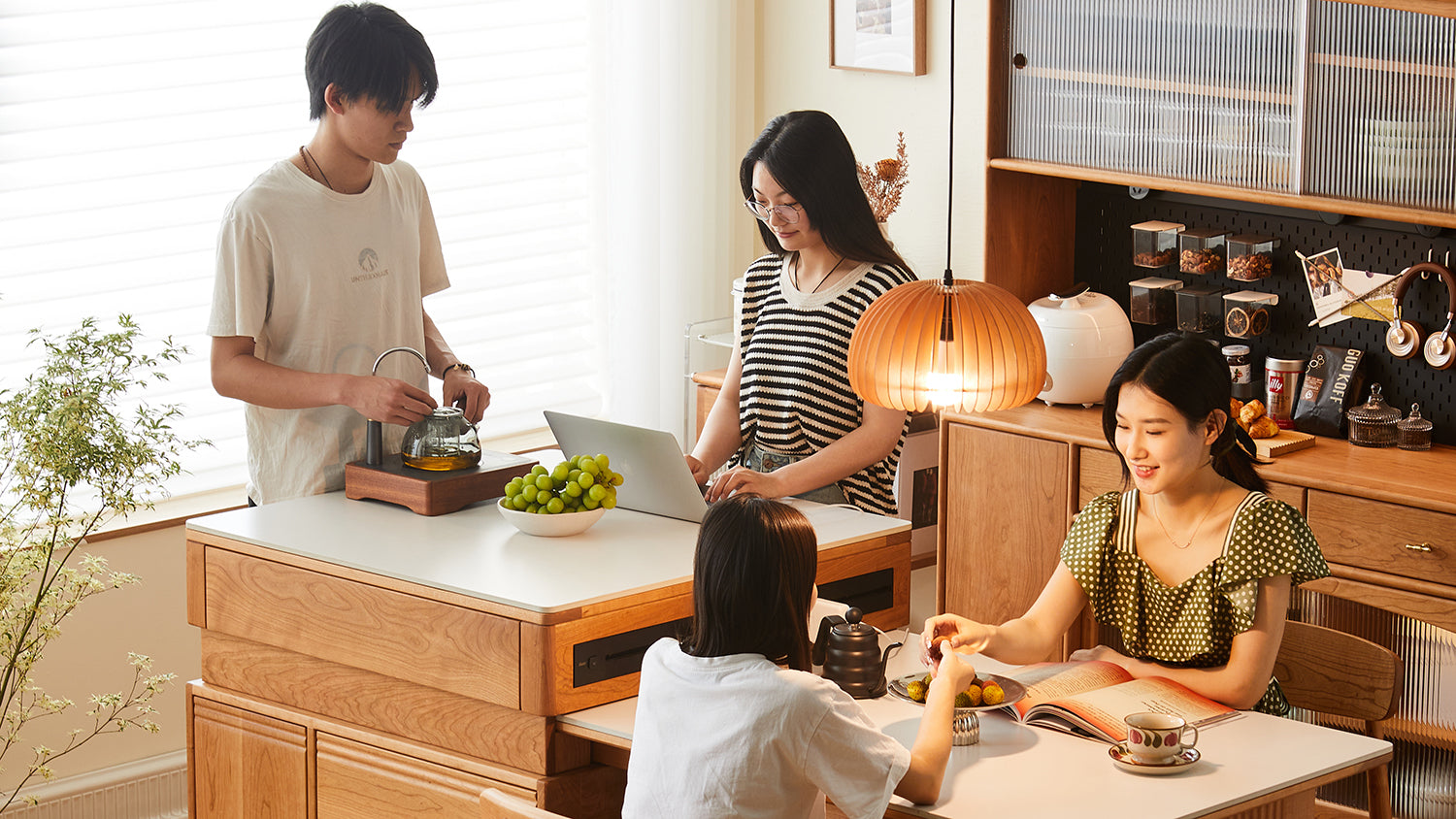

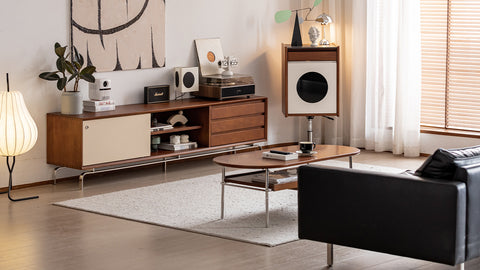
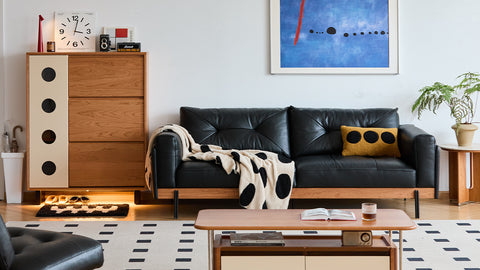
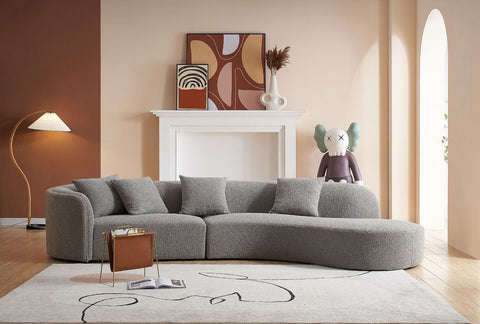
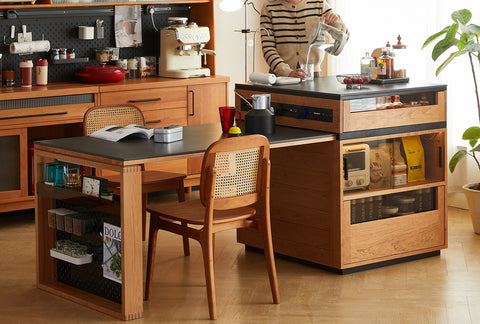
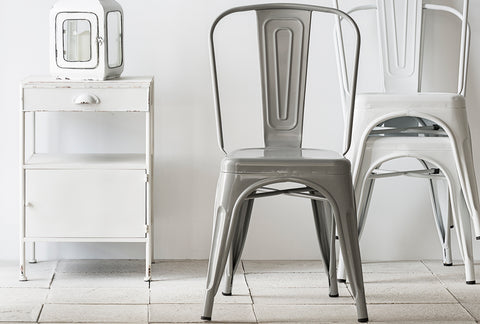
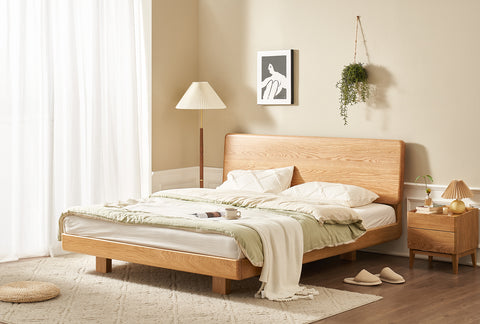
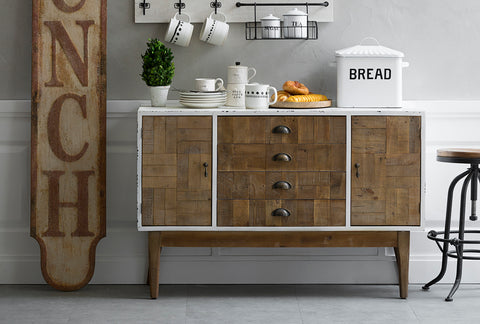




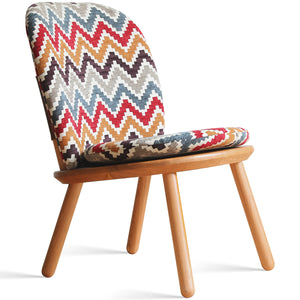
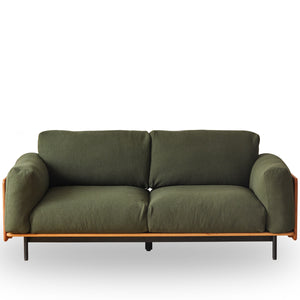

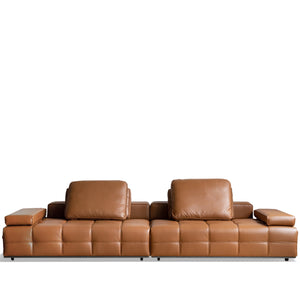
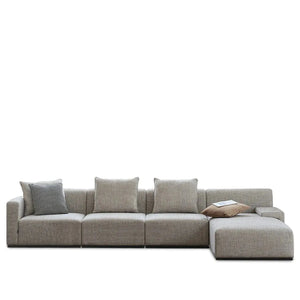
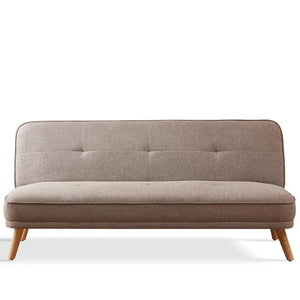
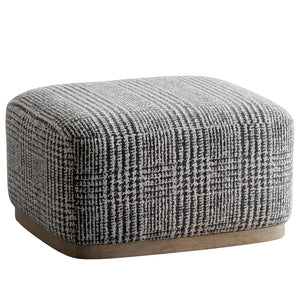
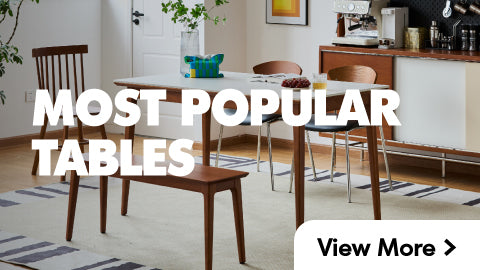
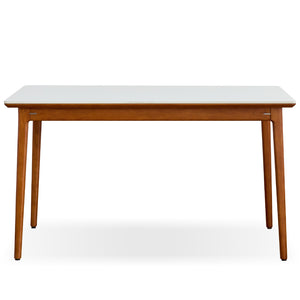

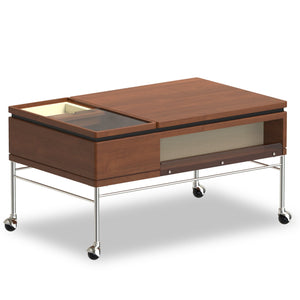
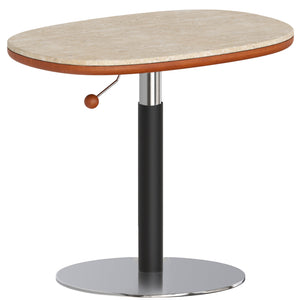
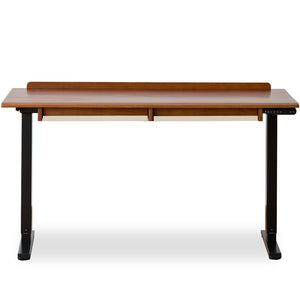


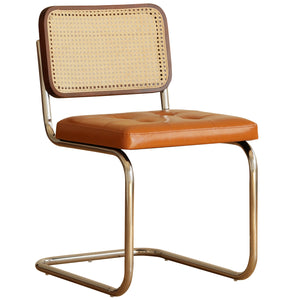
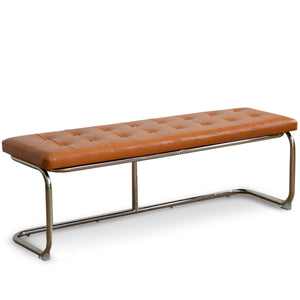
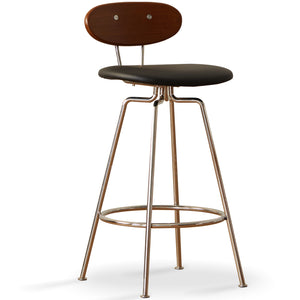
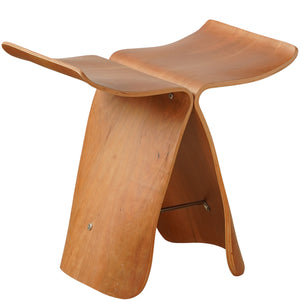
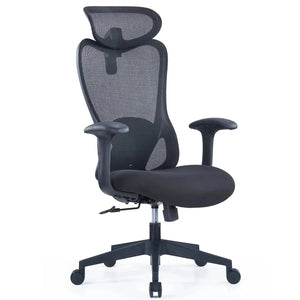

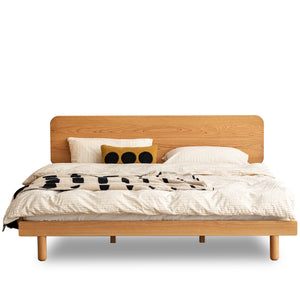
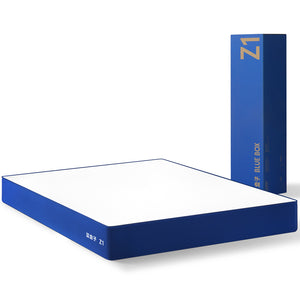

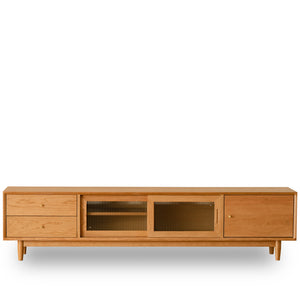
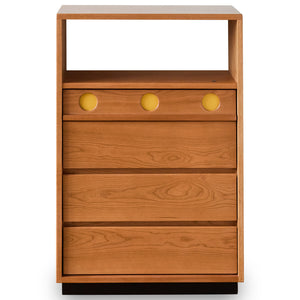
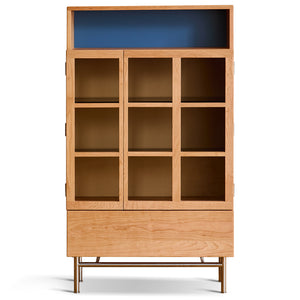

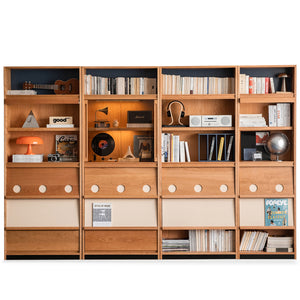


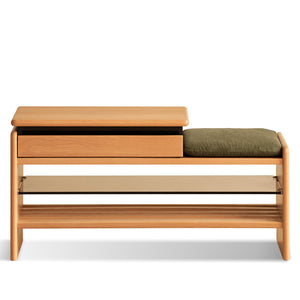
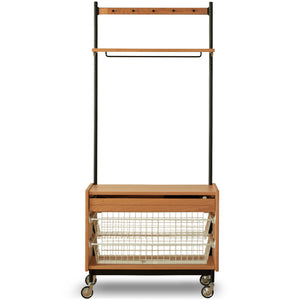
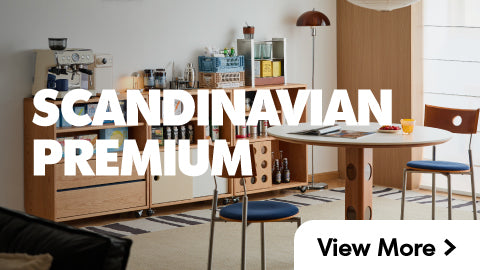






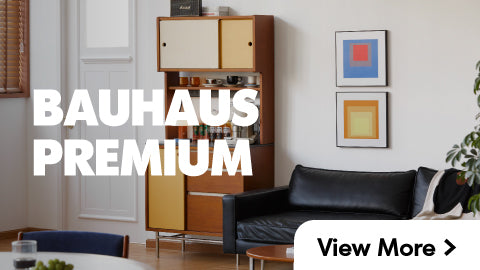














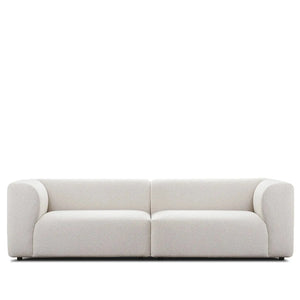





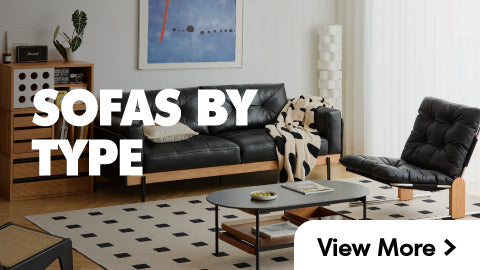
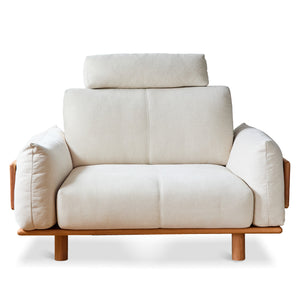
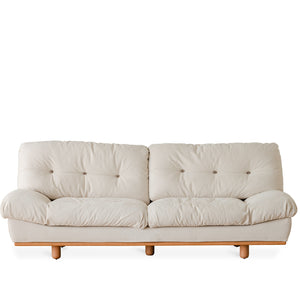
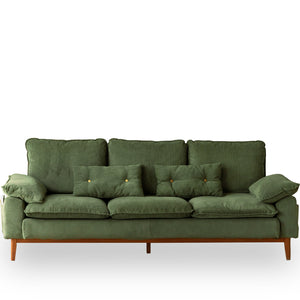
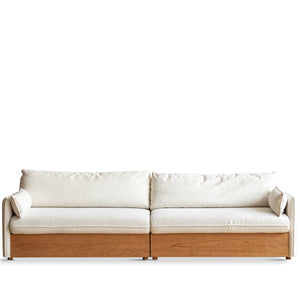
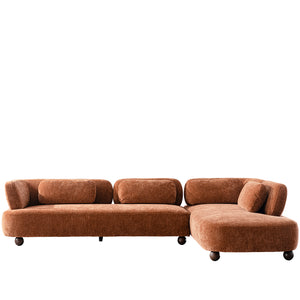
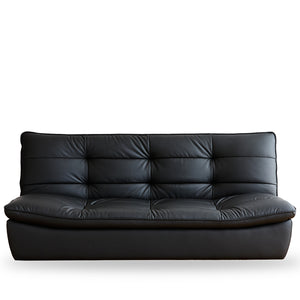

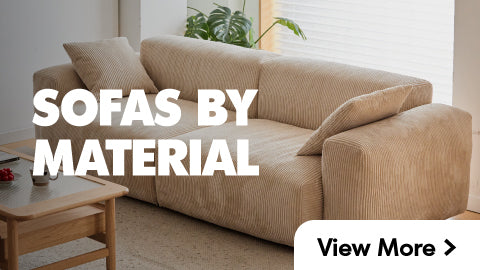
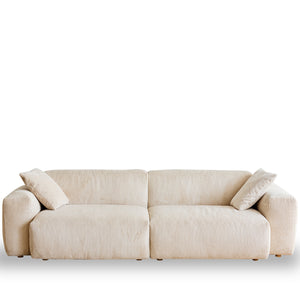

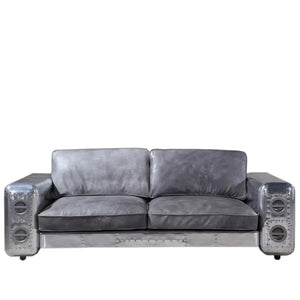
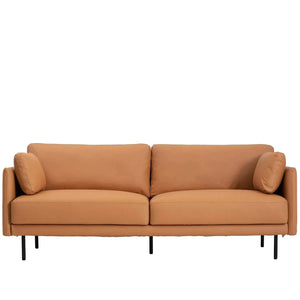
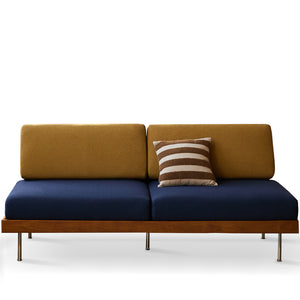

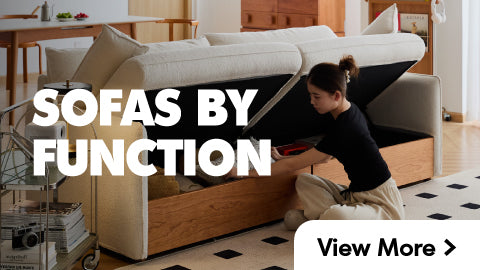

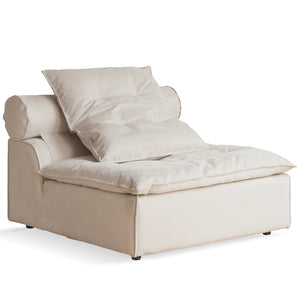
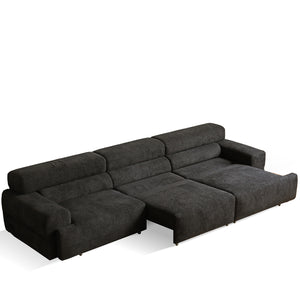
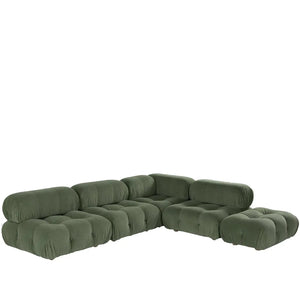
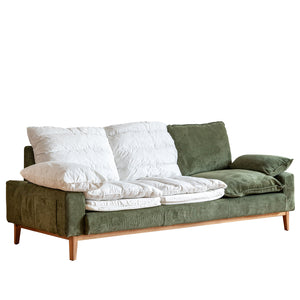
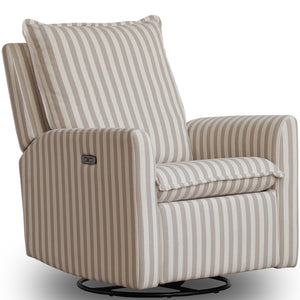
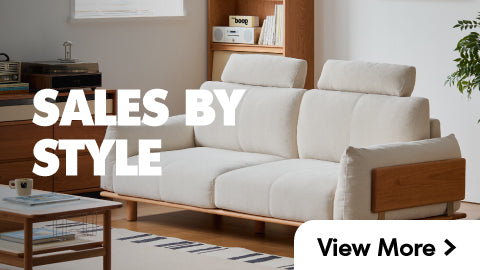
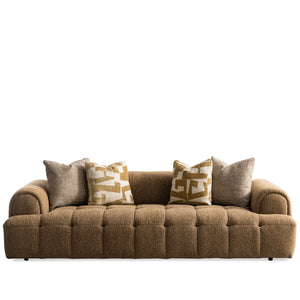
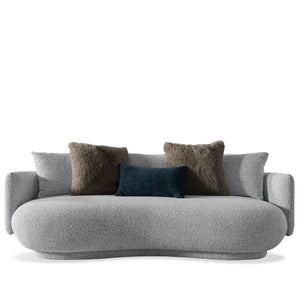

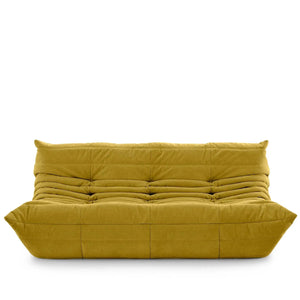
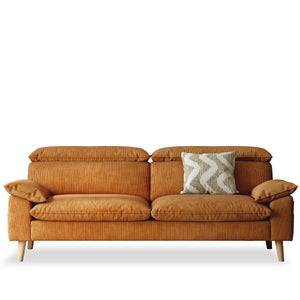
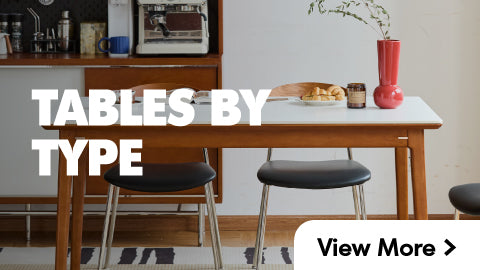

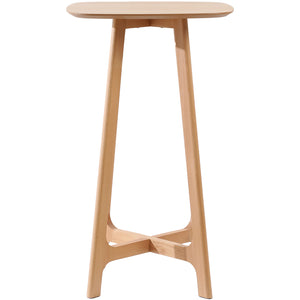
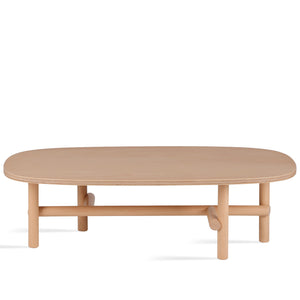
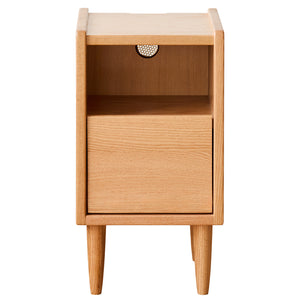
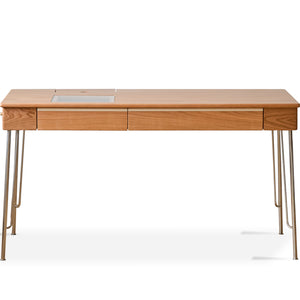
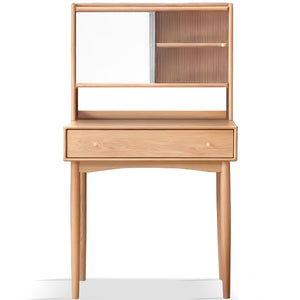


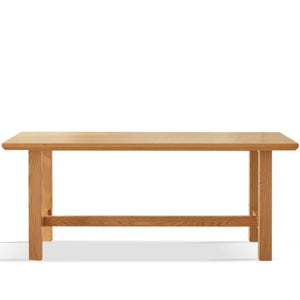
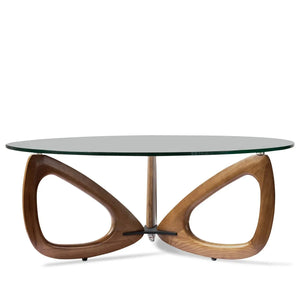

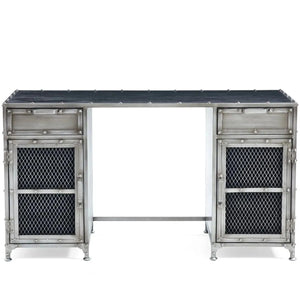
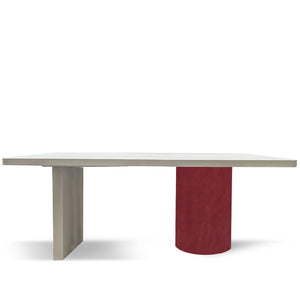

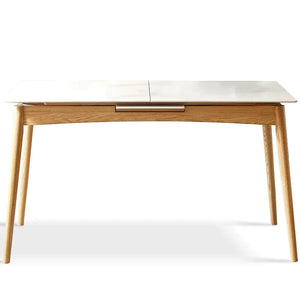
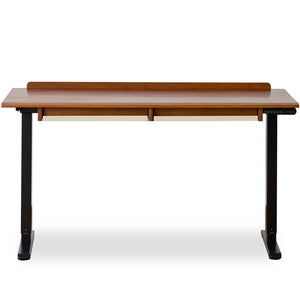
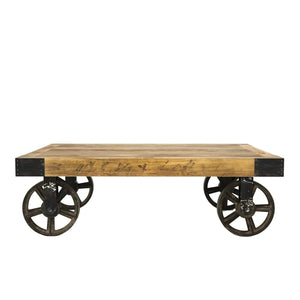
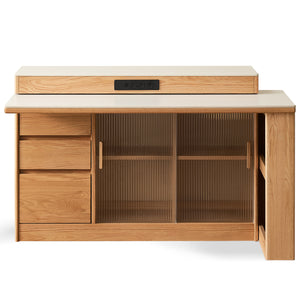
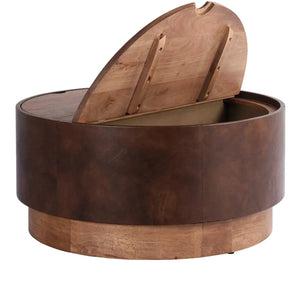
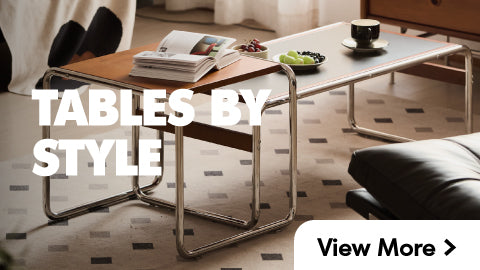
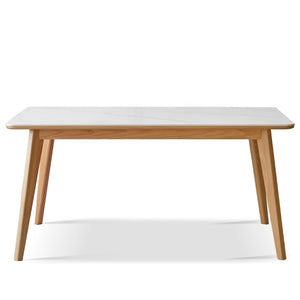
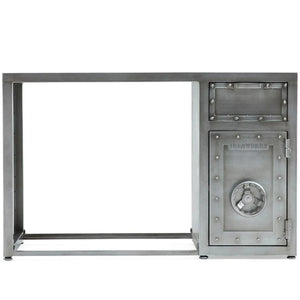
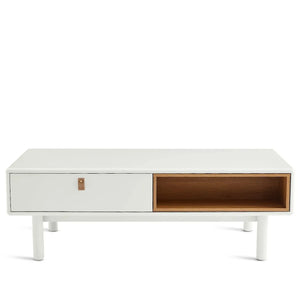
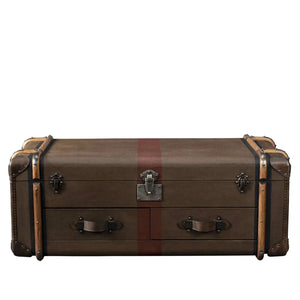
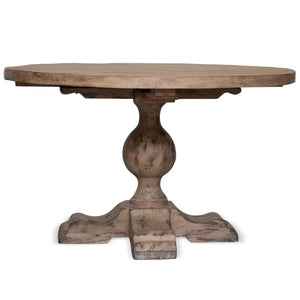

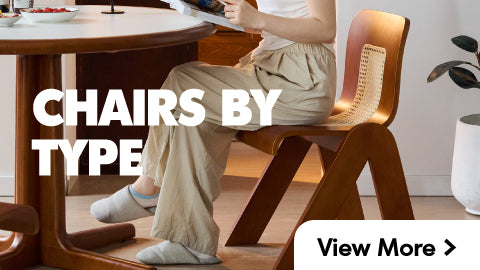
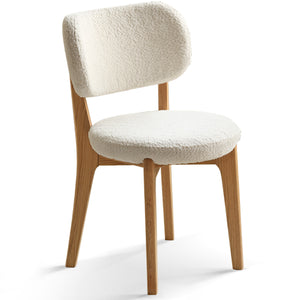
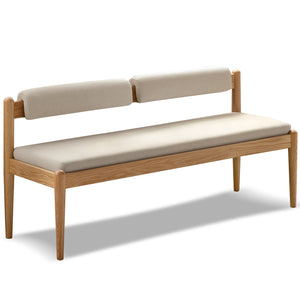
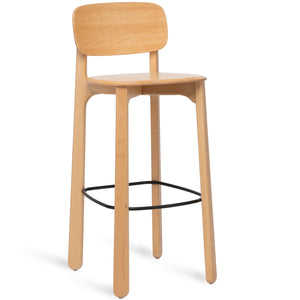
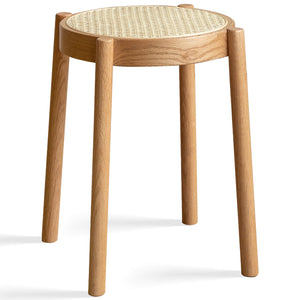
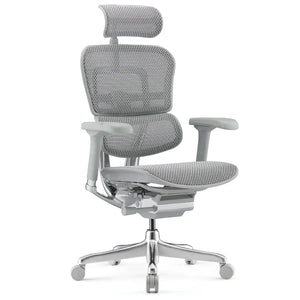
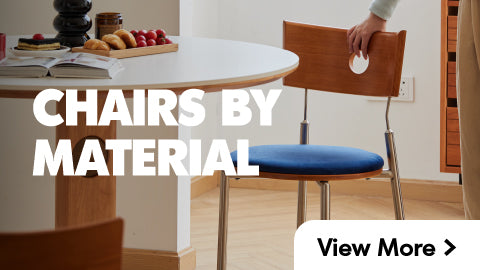
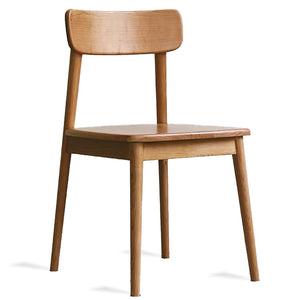
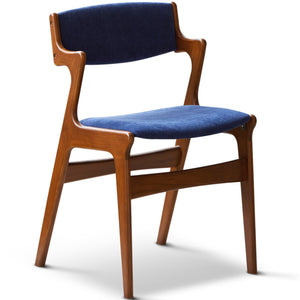

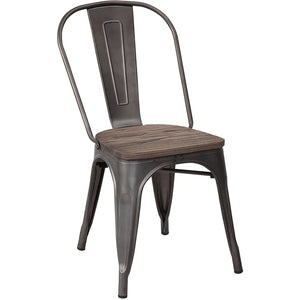
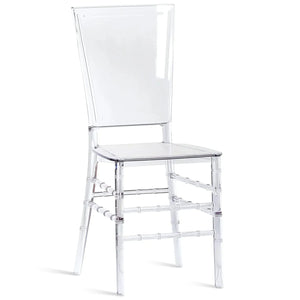
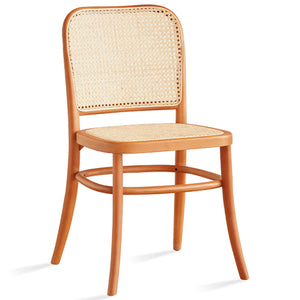
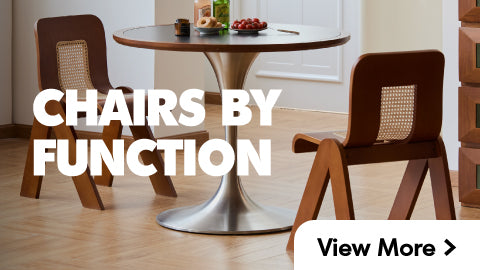


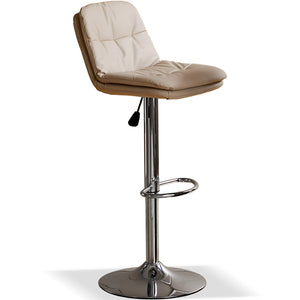

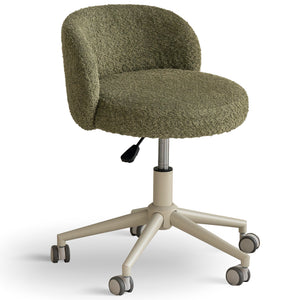
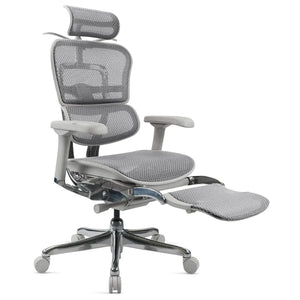
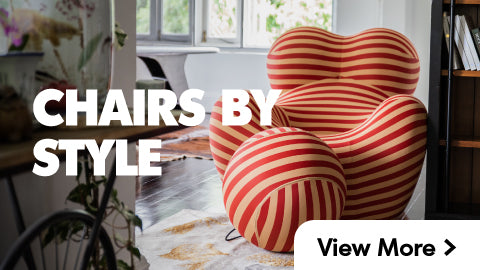
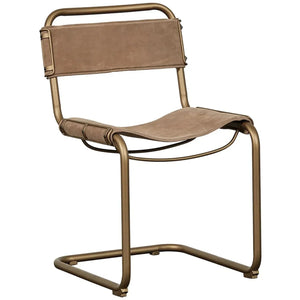
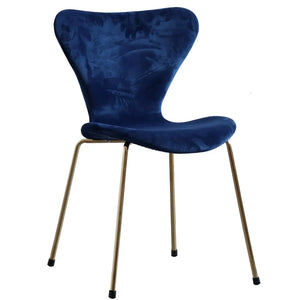
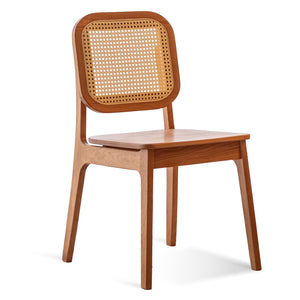
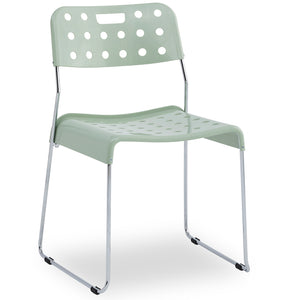
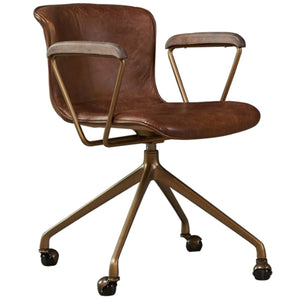

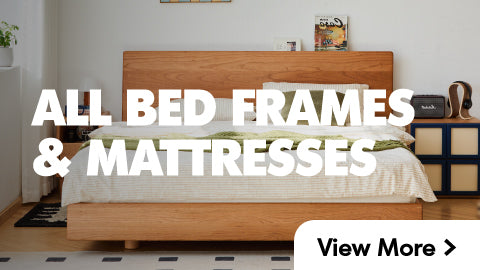
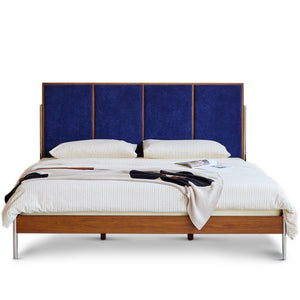
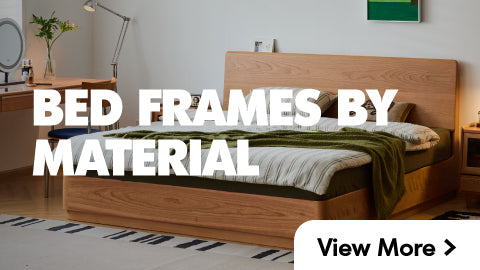
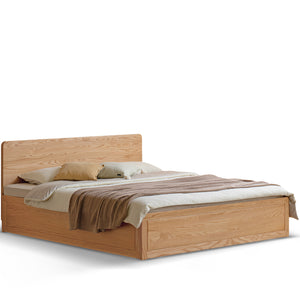
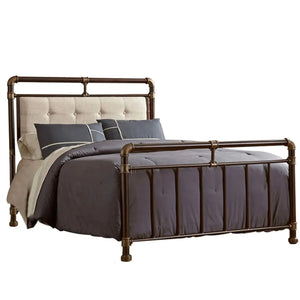
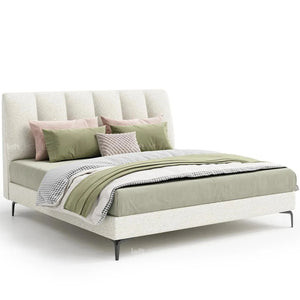
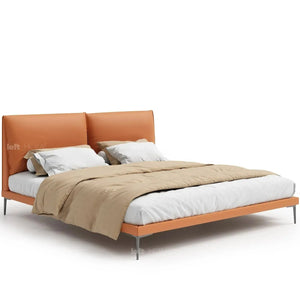
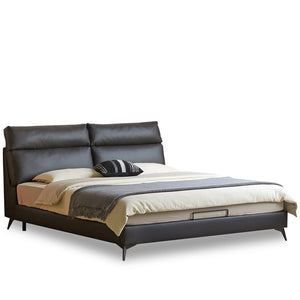
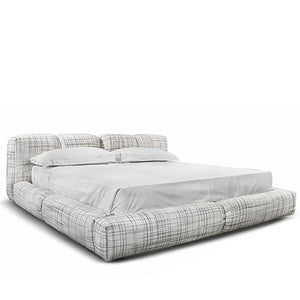

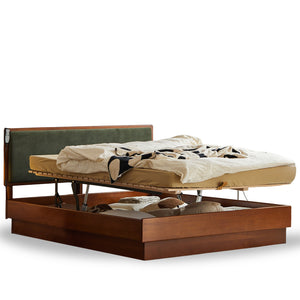
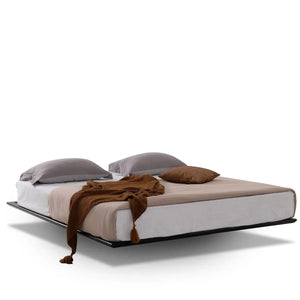
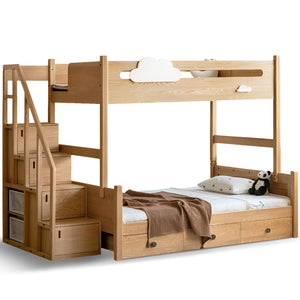
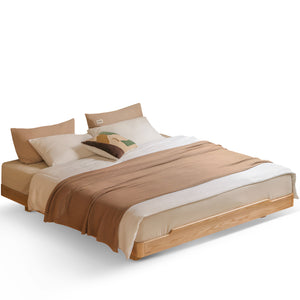

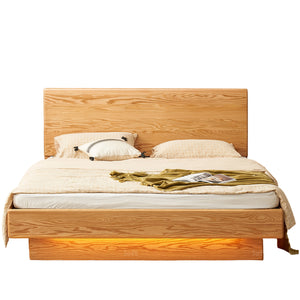

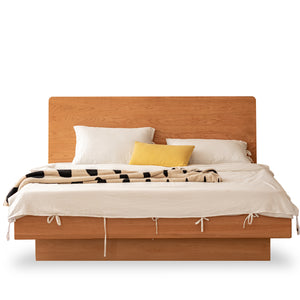
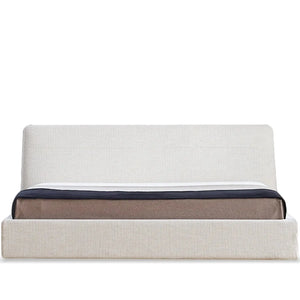


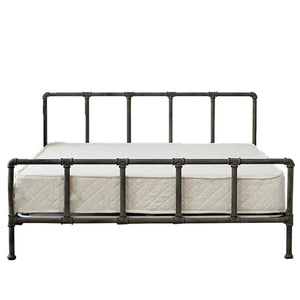
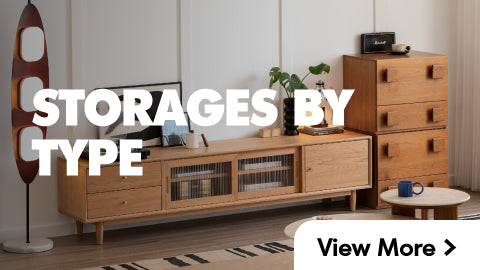
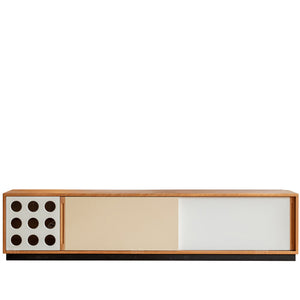

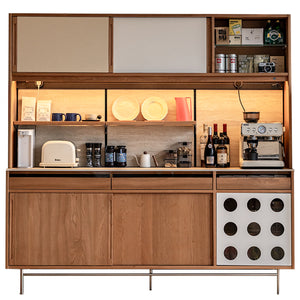
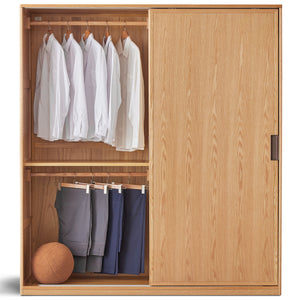
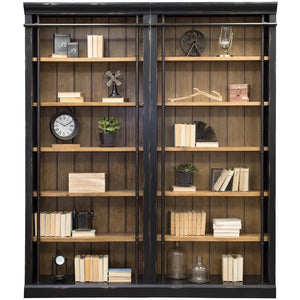
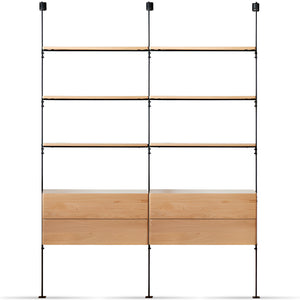
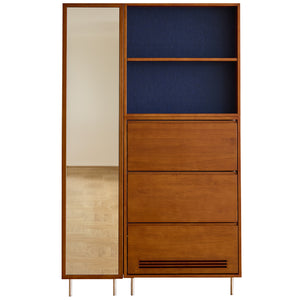
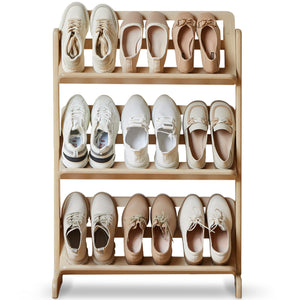
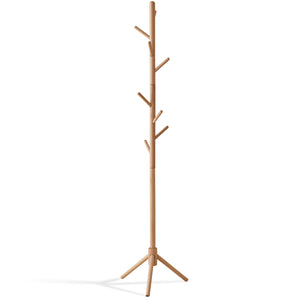
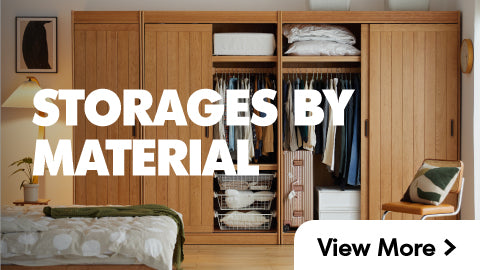
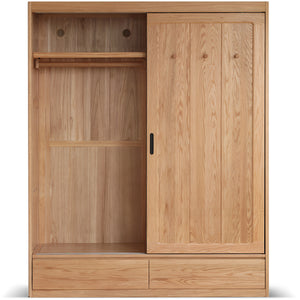
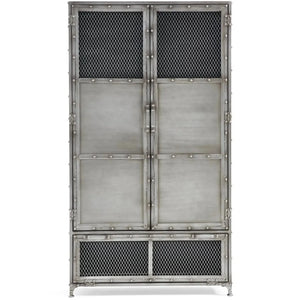
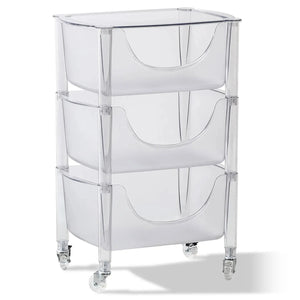

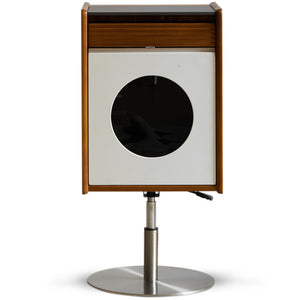
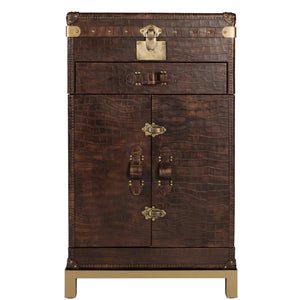
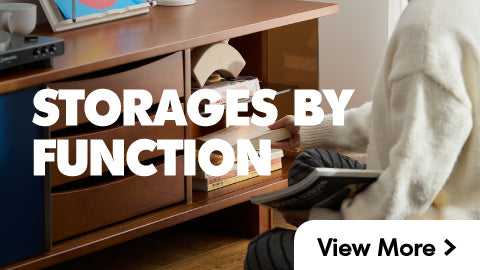

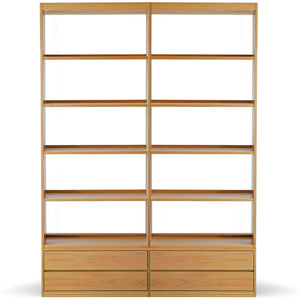
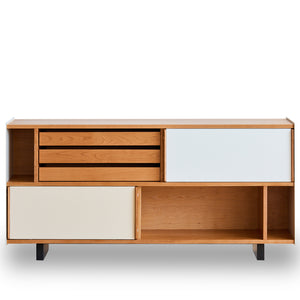
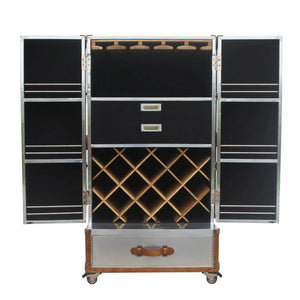
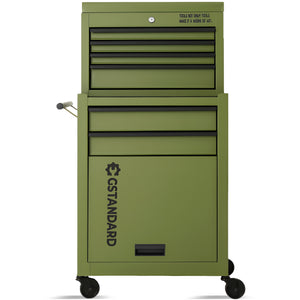
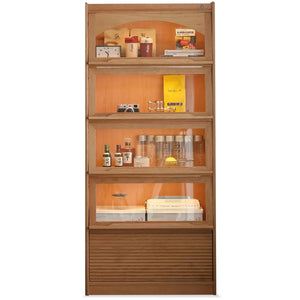
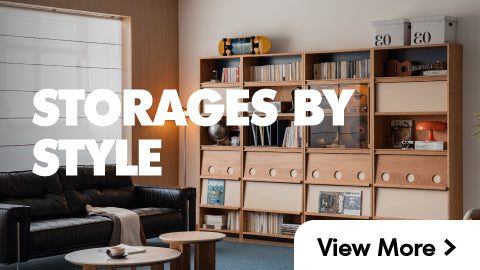
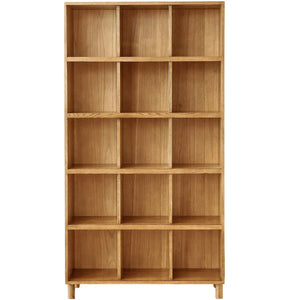
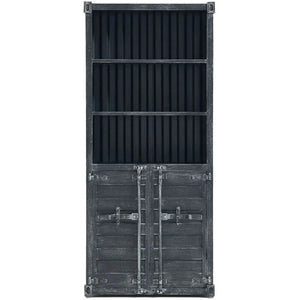
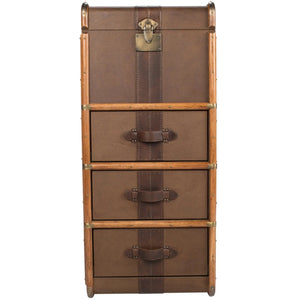
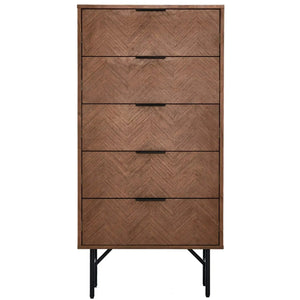
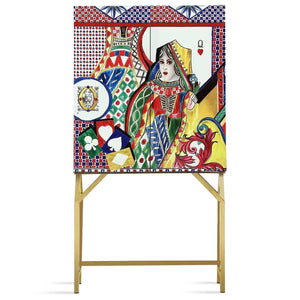
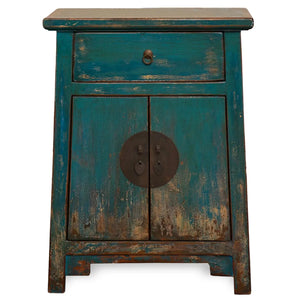


























































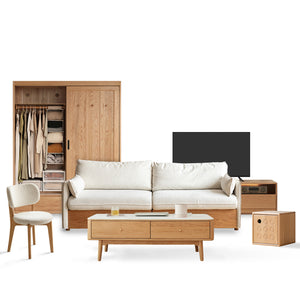
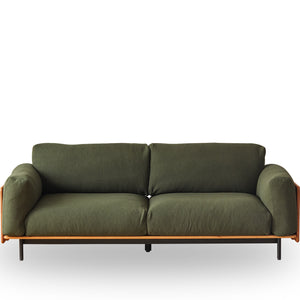
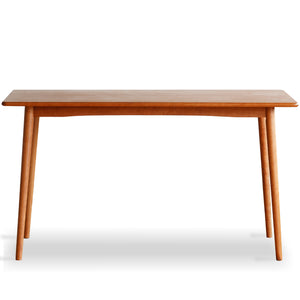
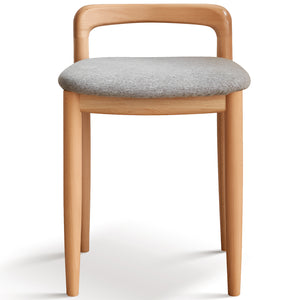
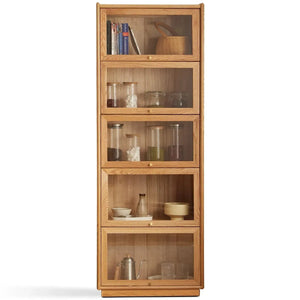
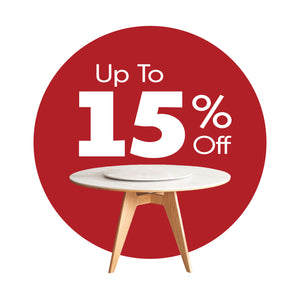

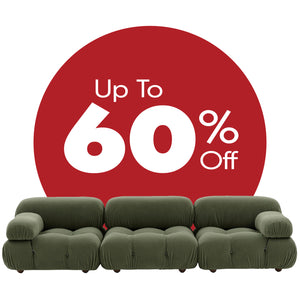
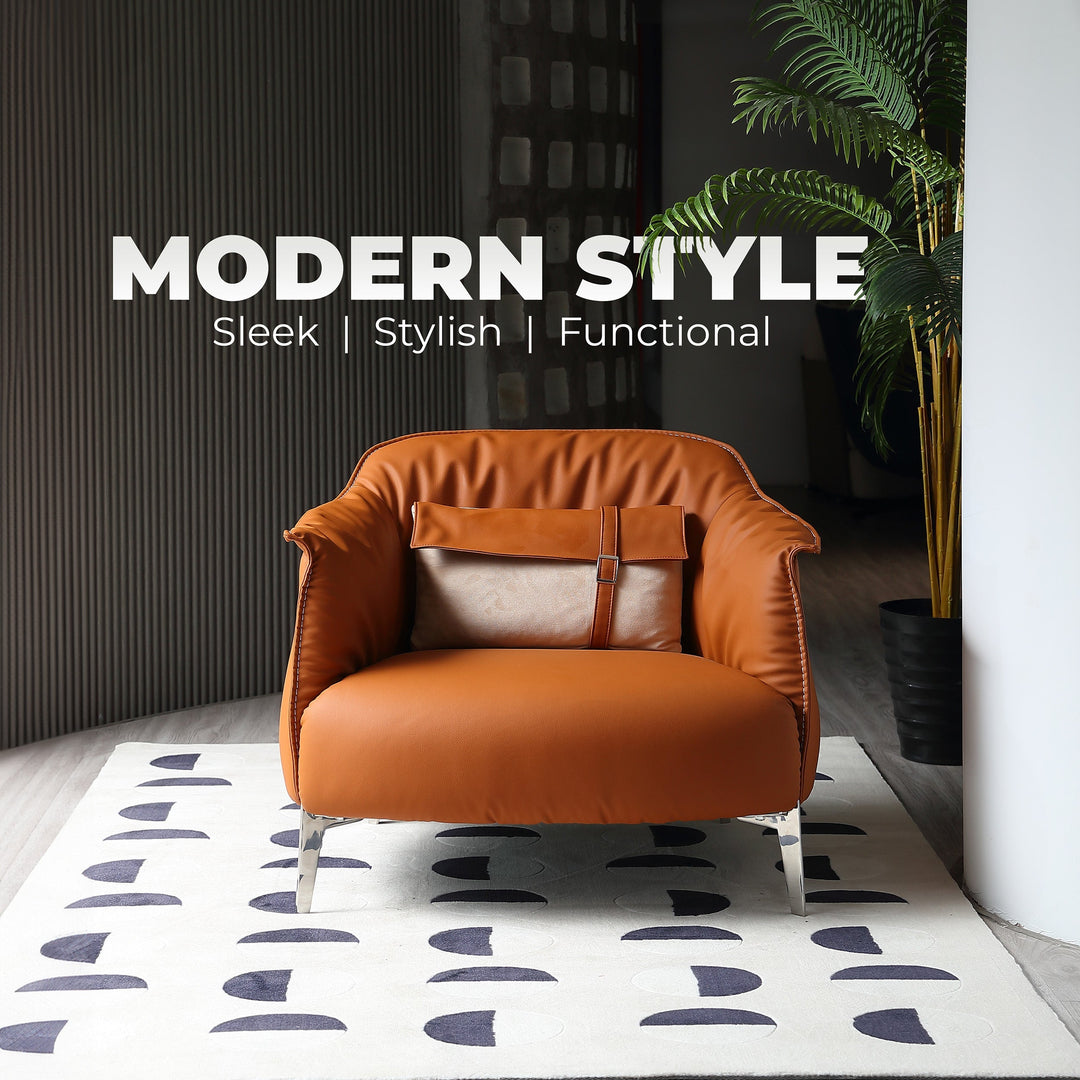
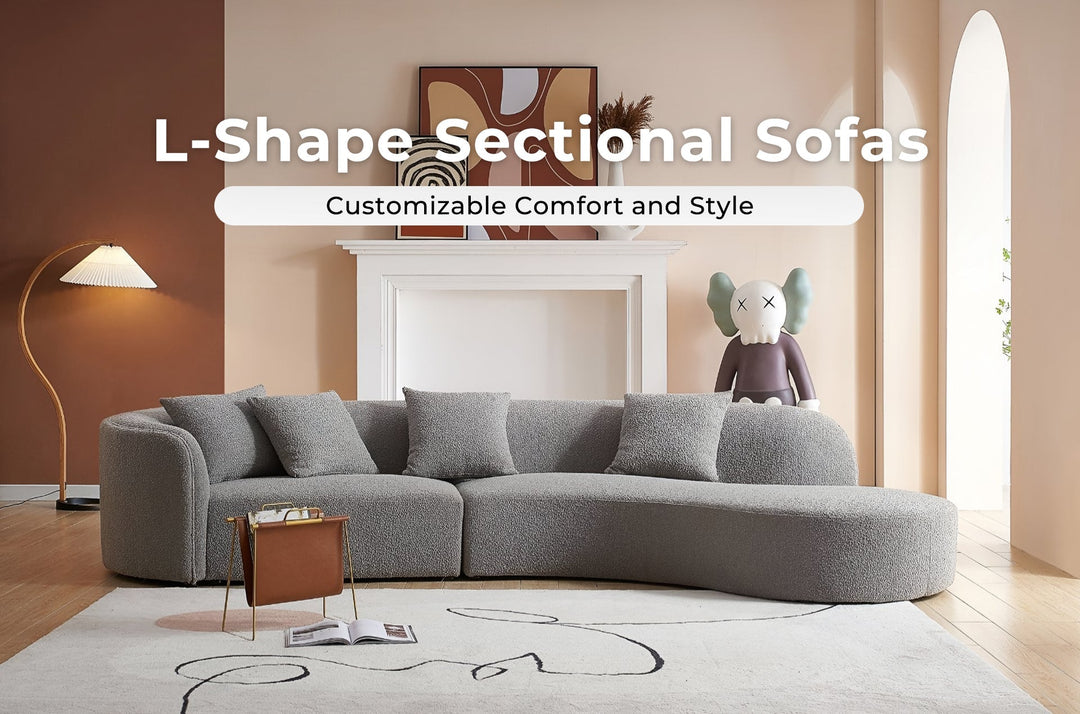

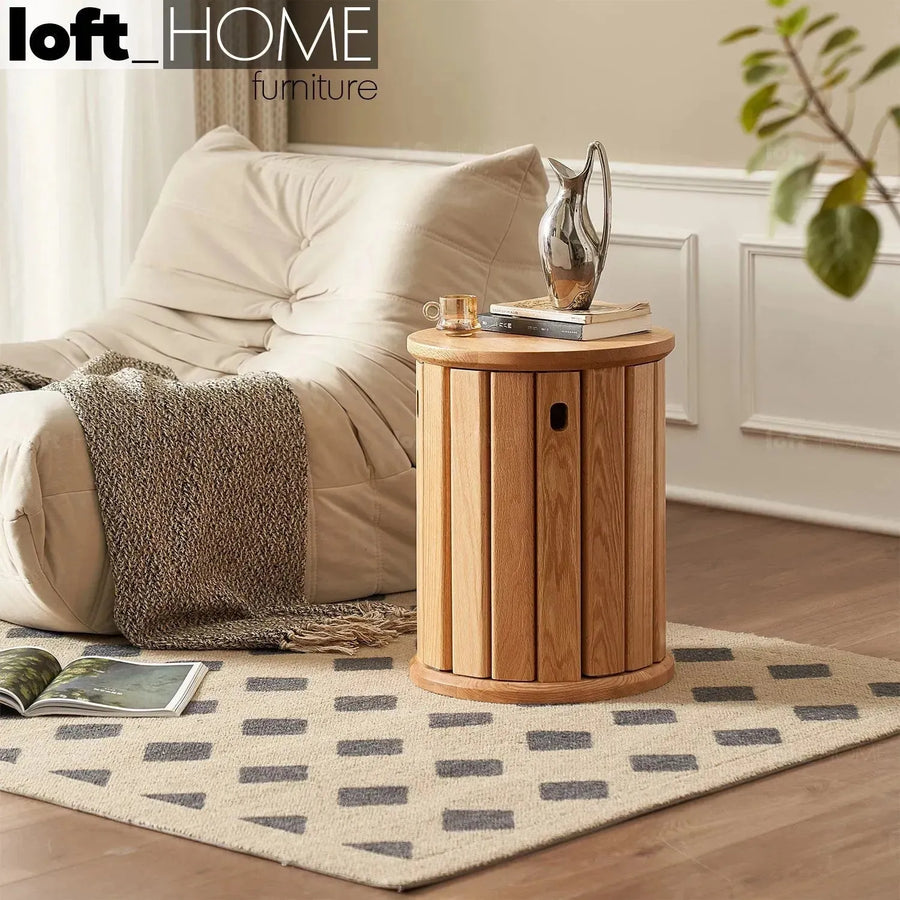
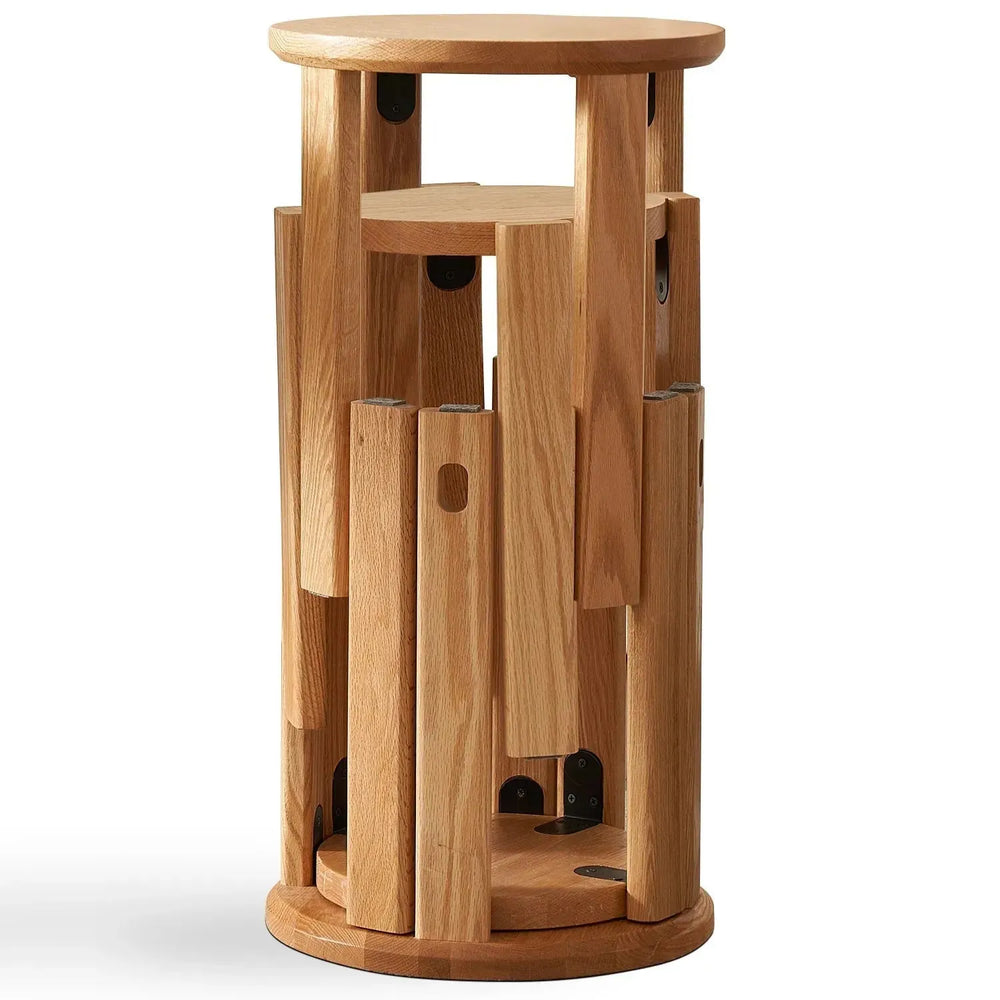



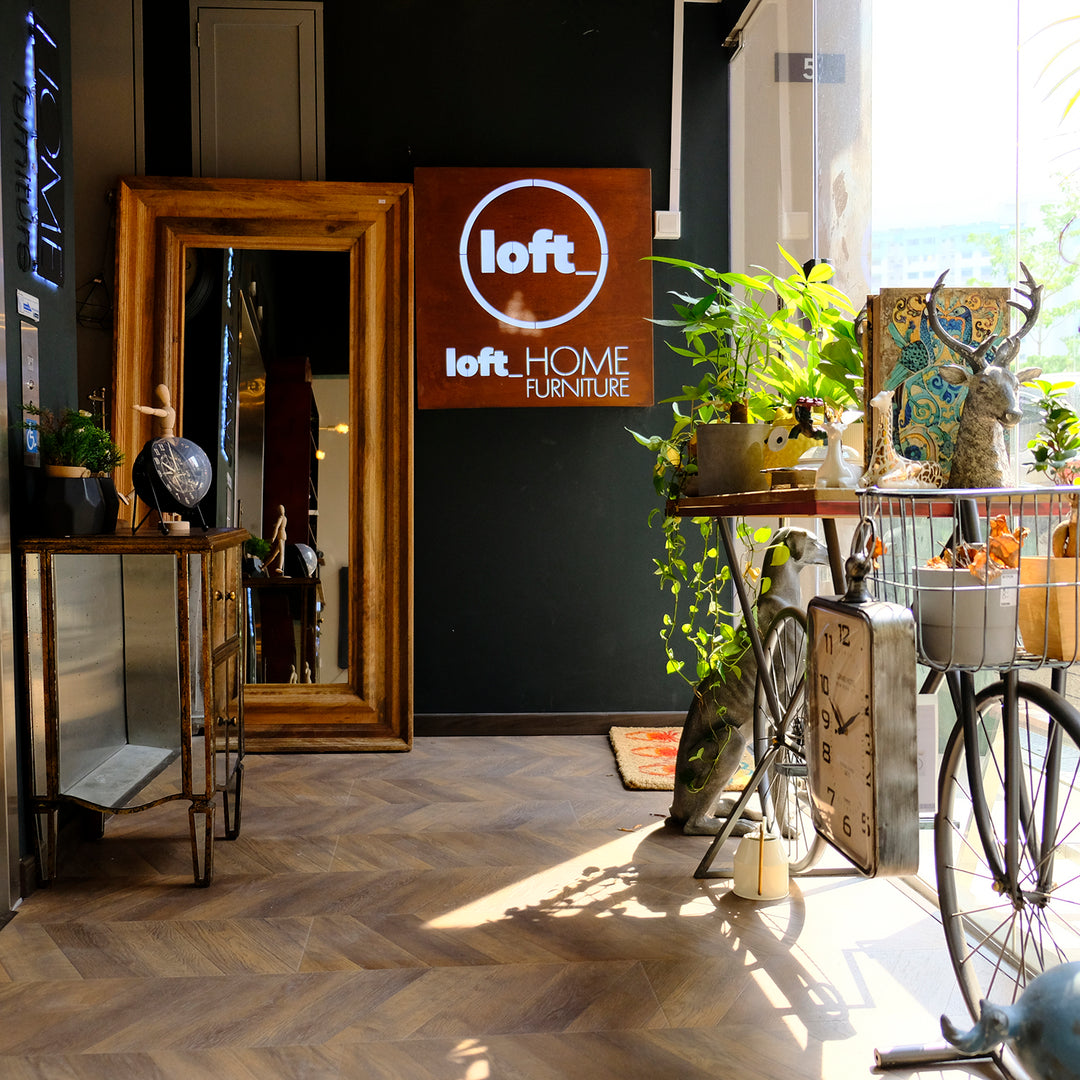
Leave a comment